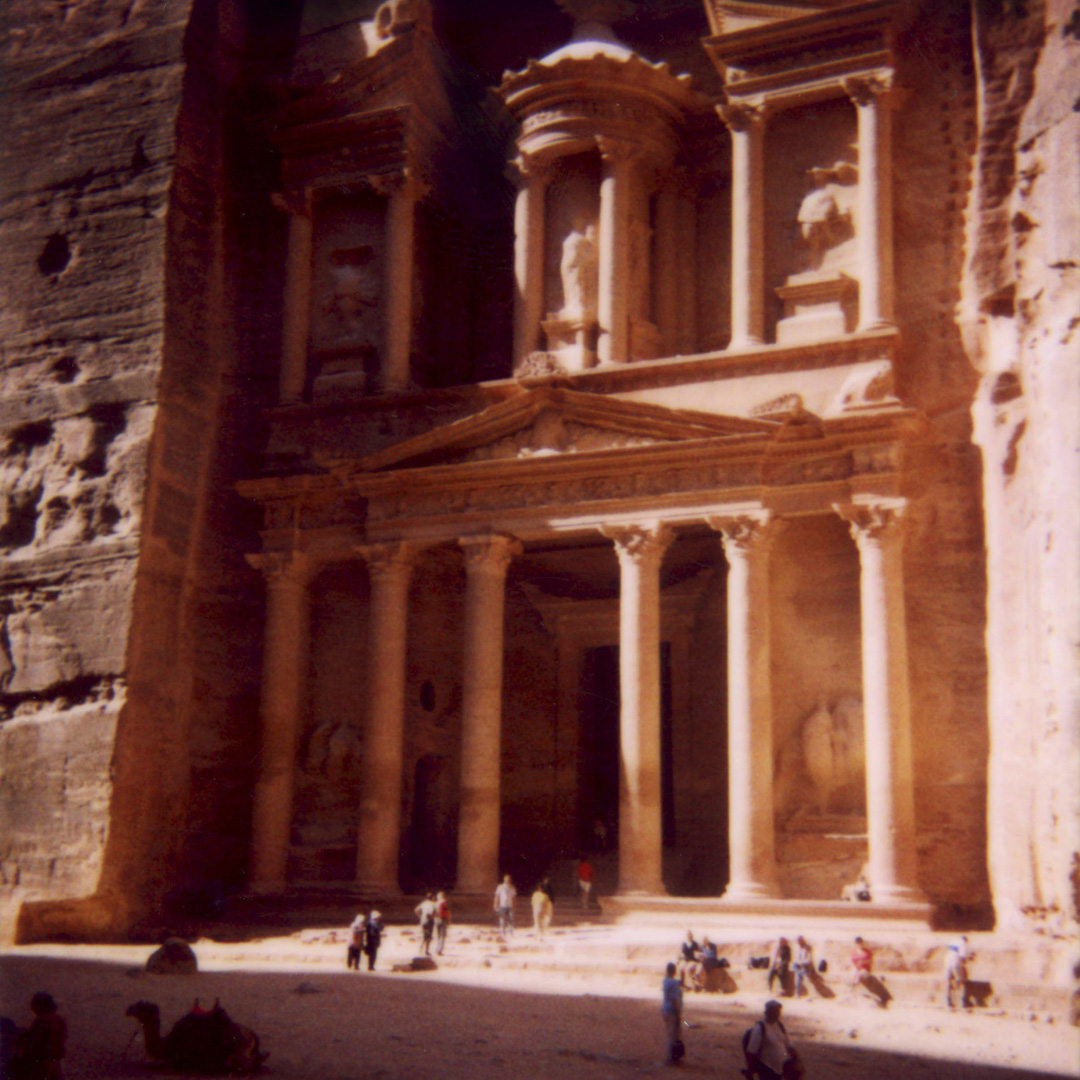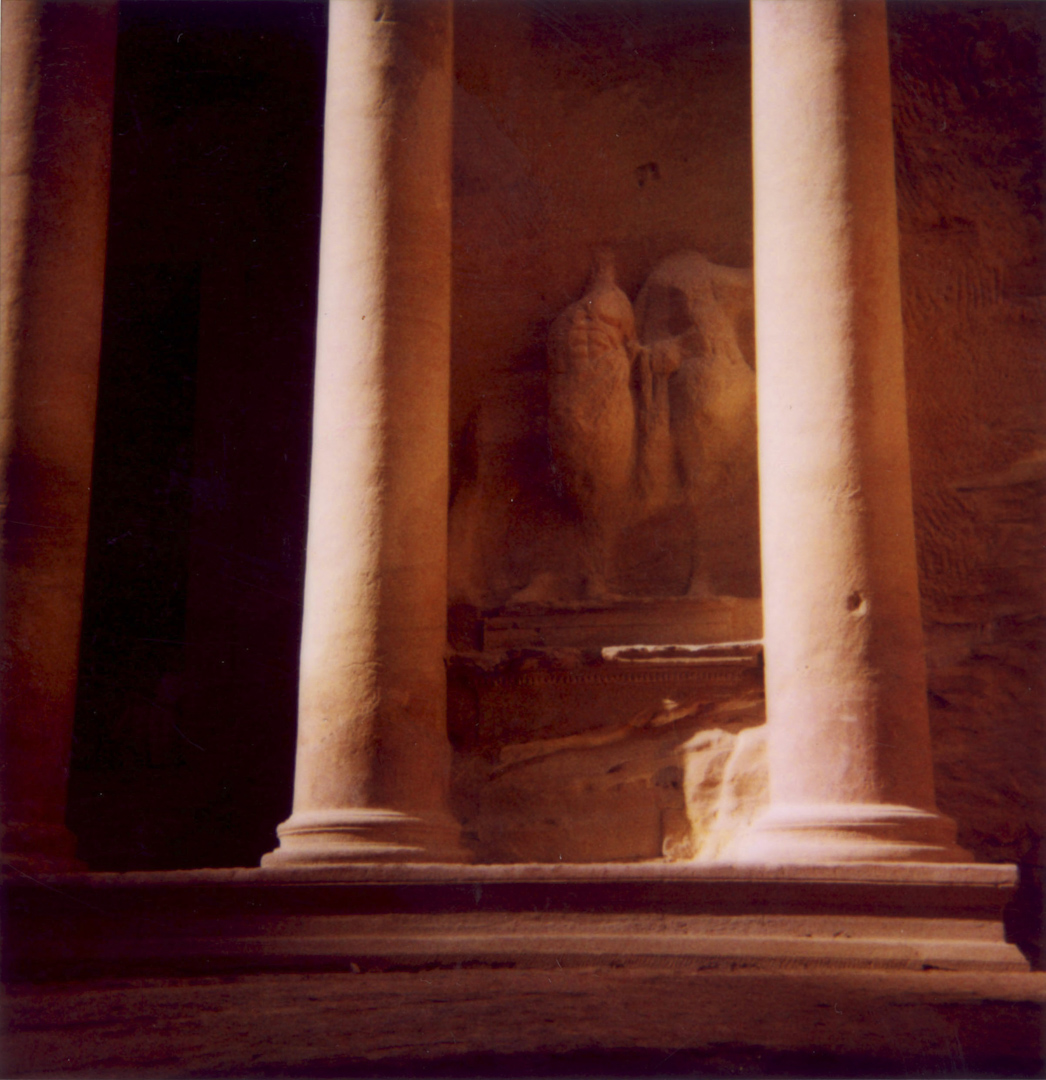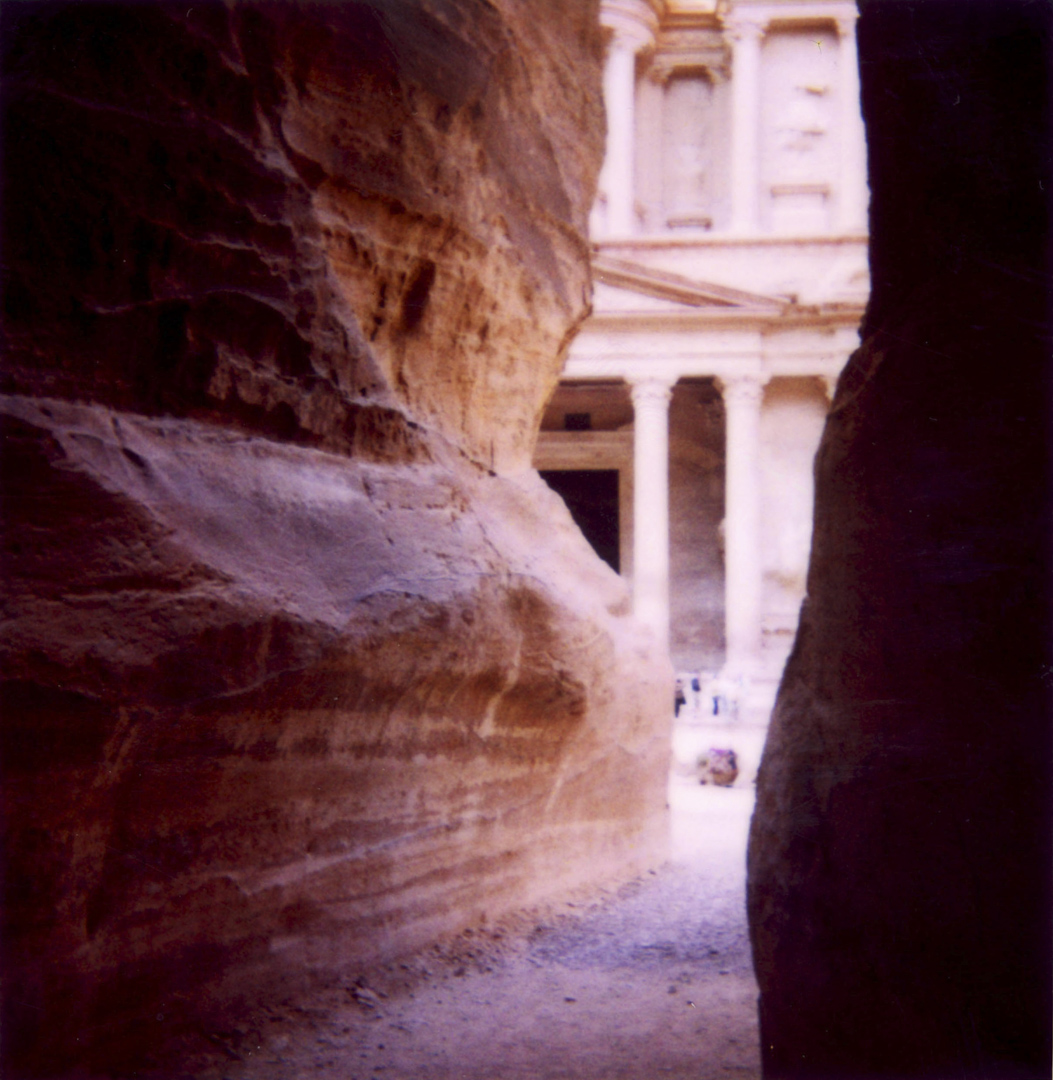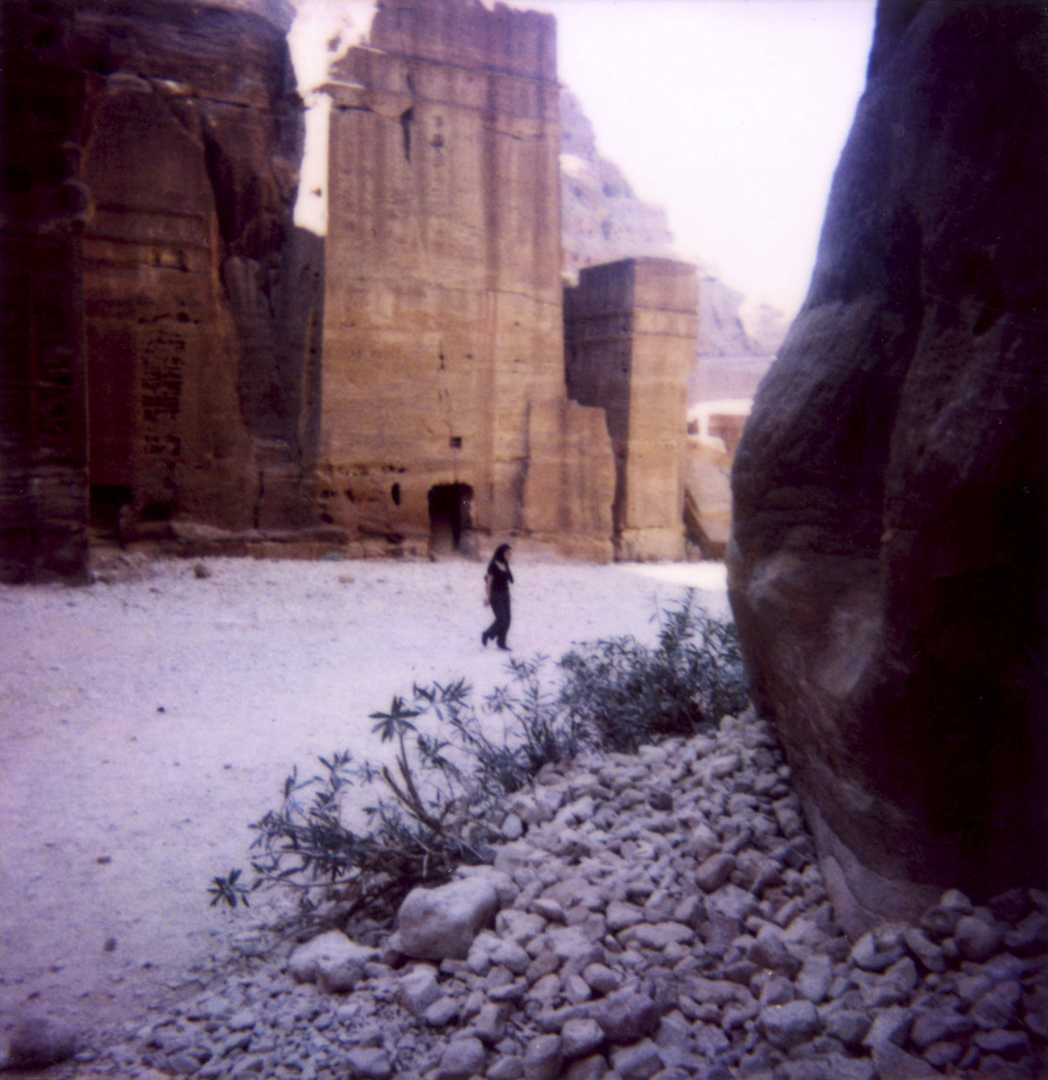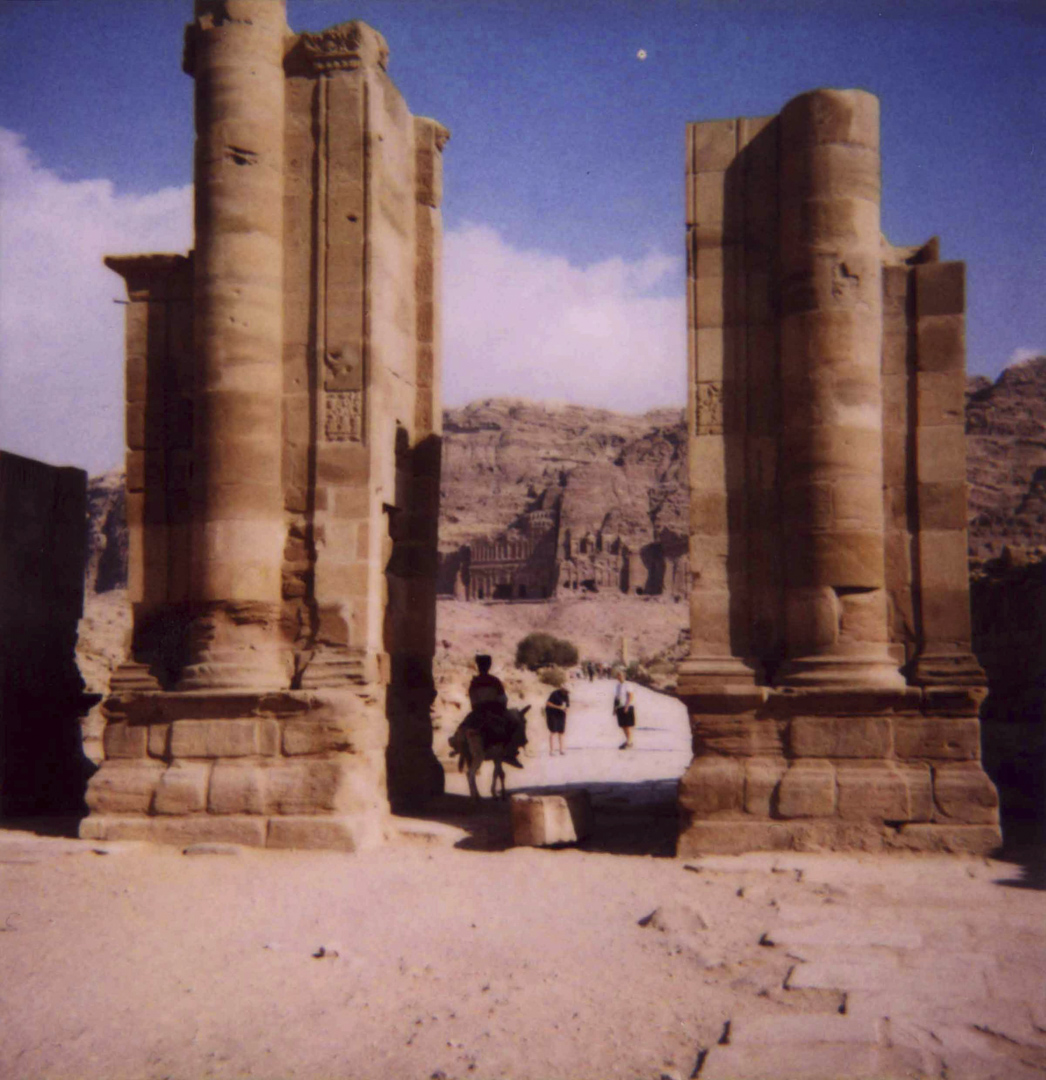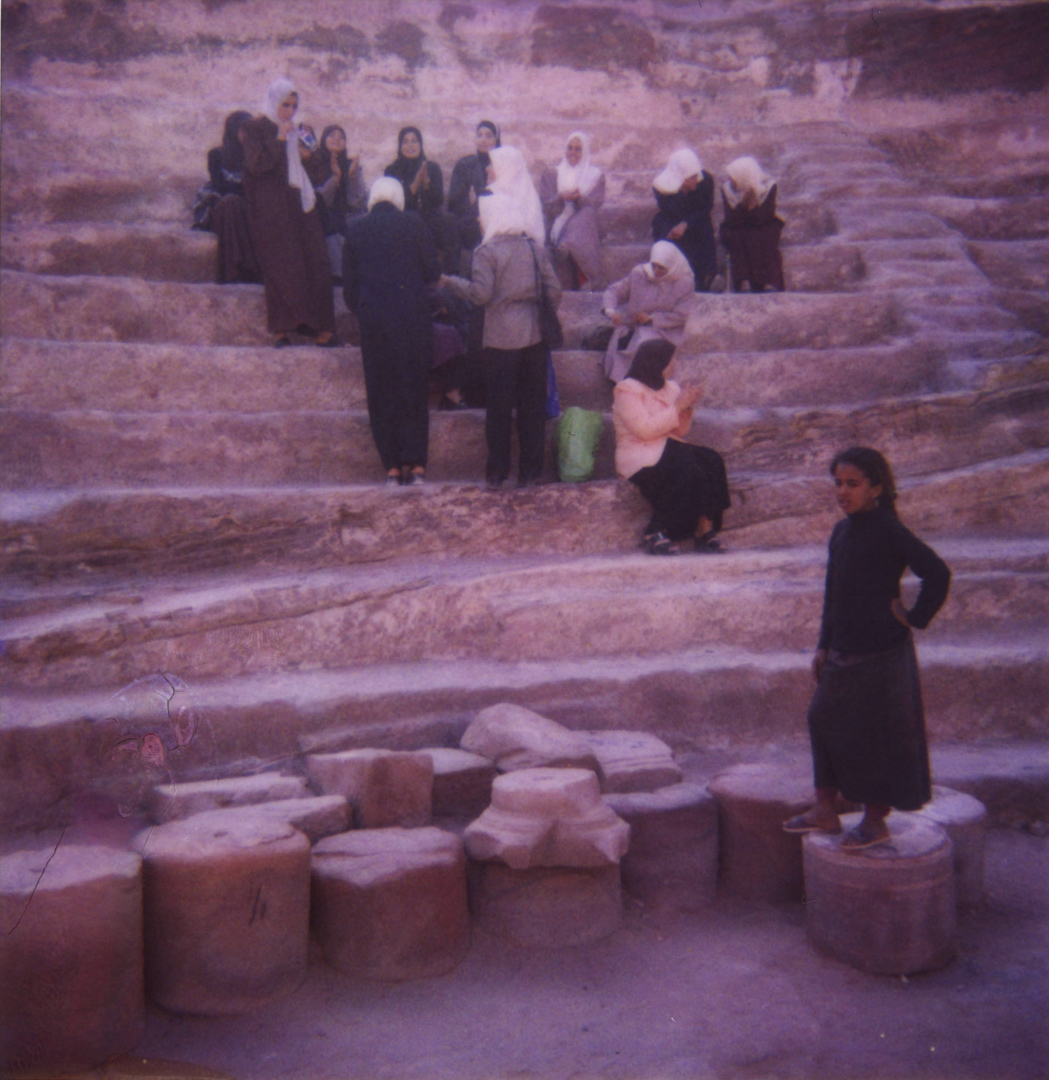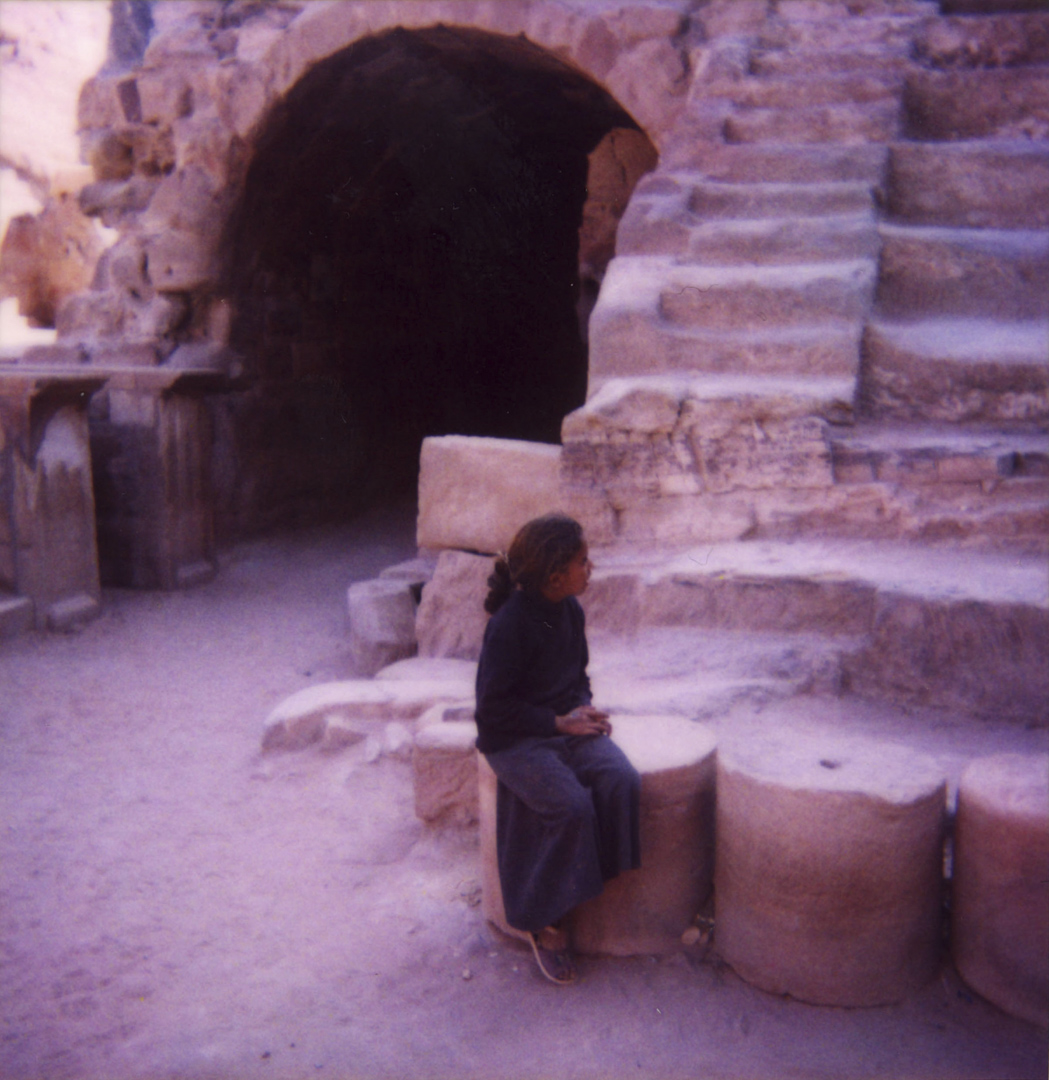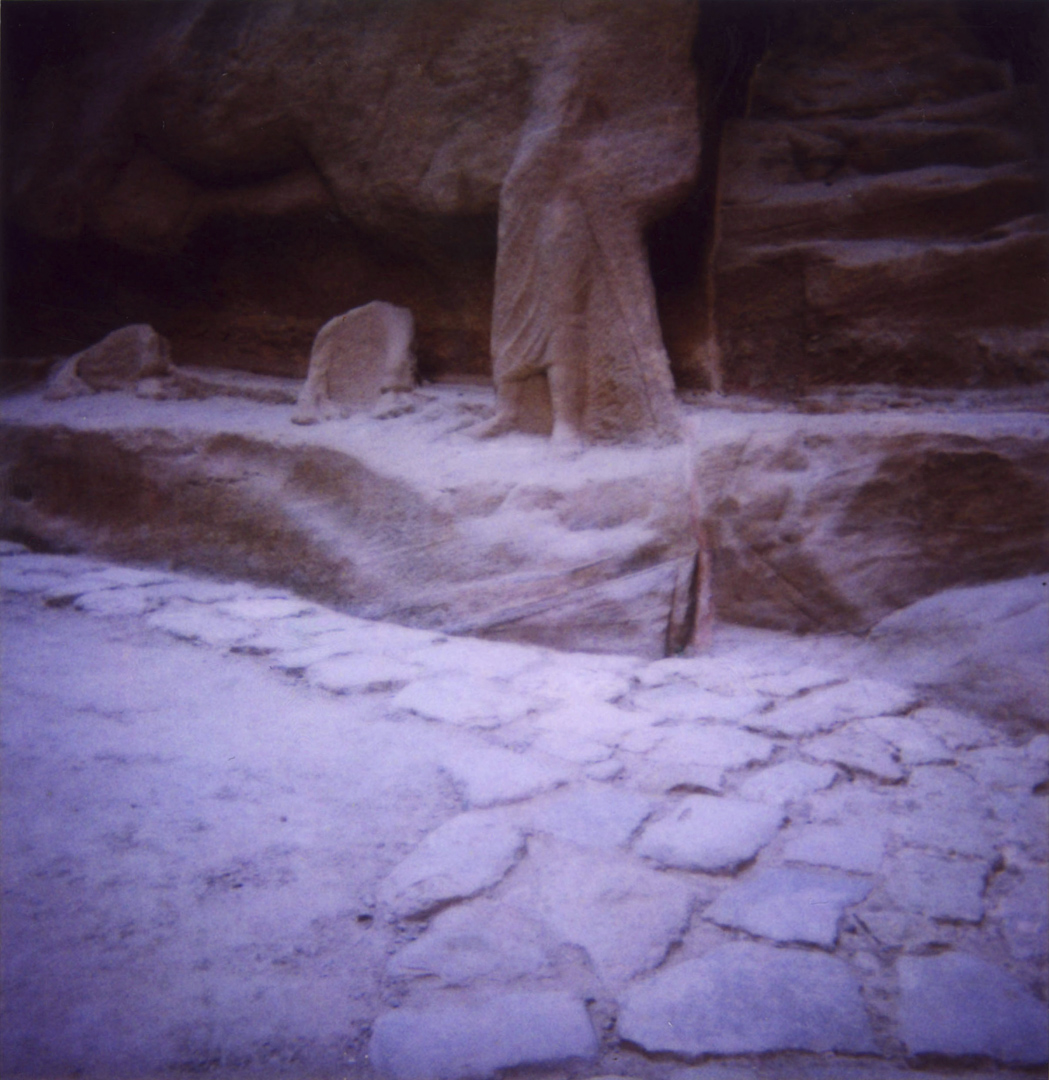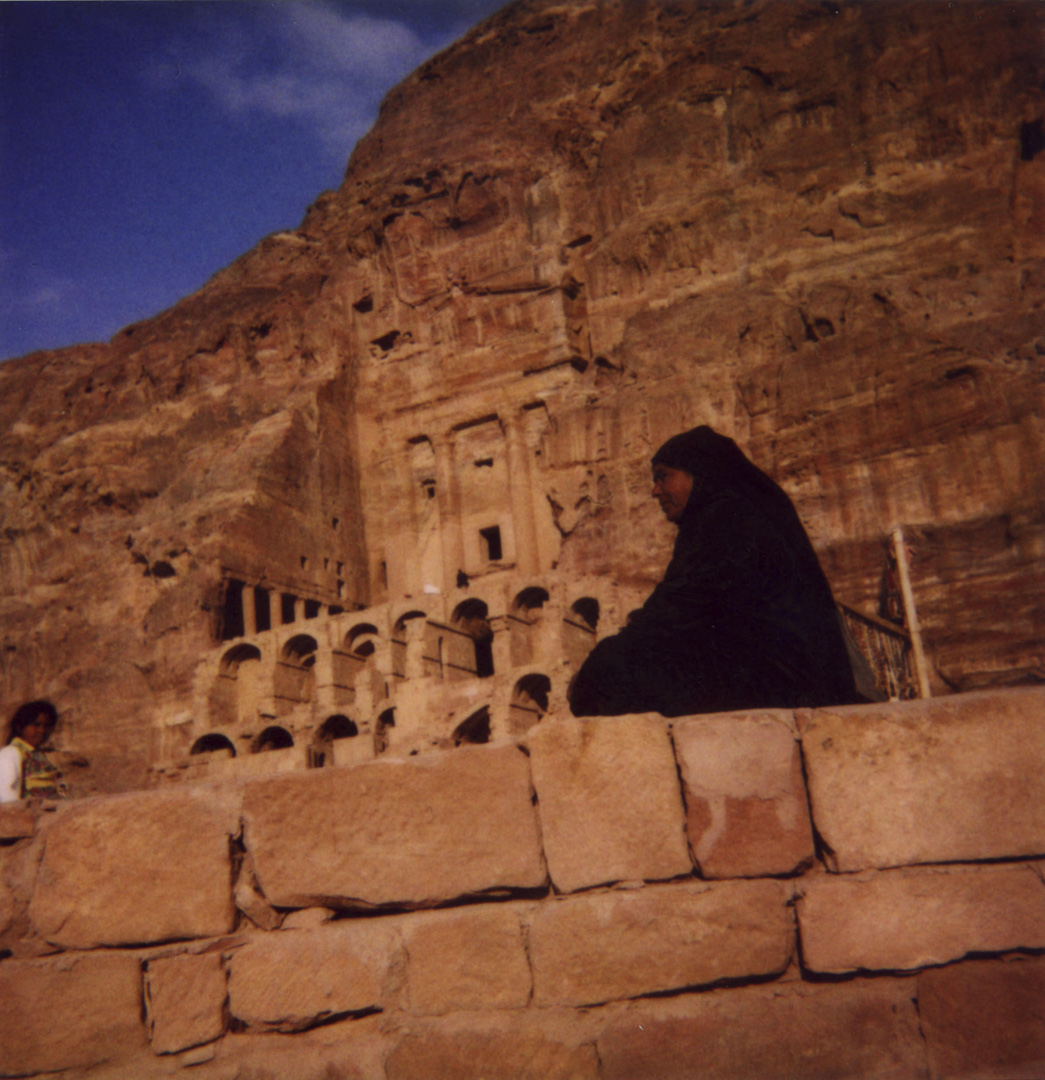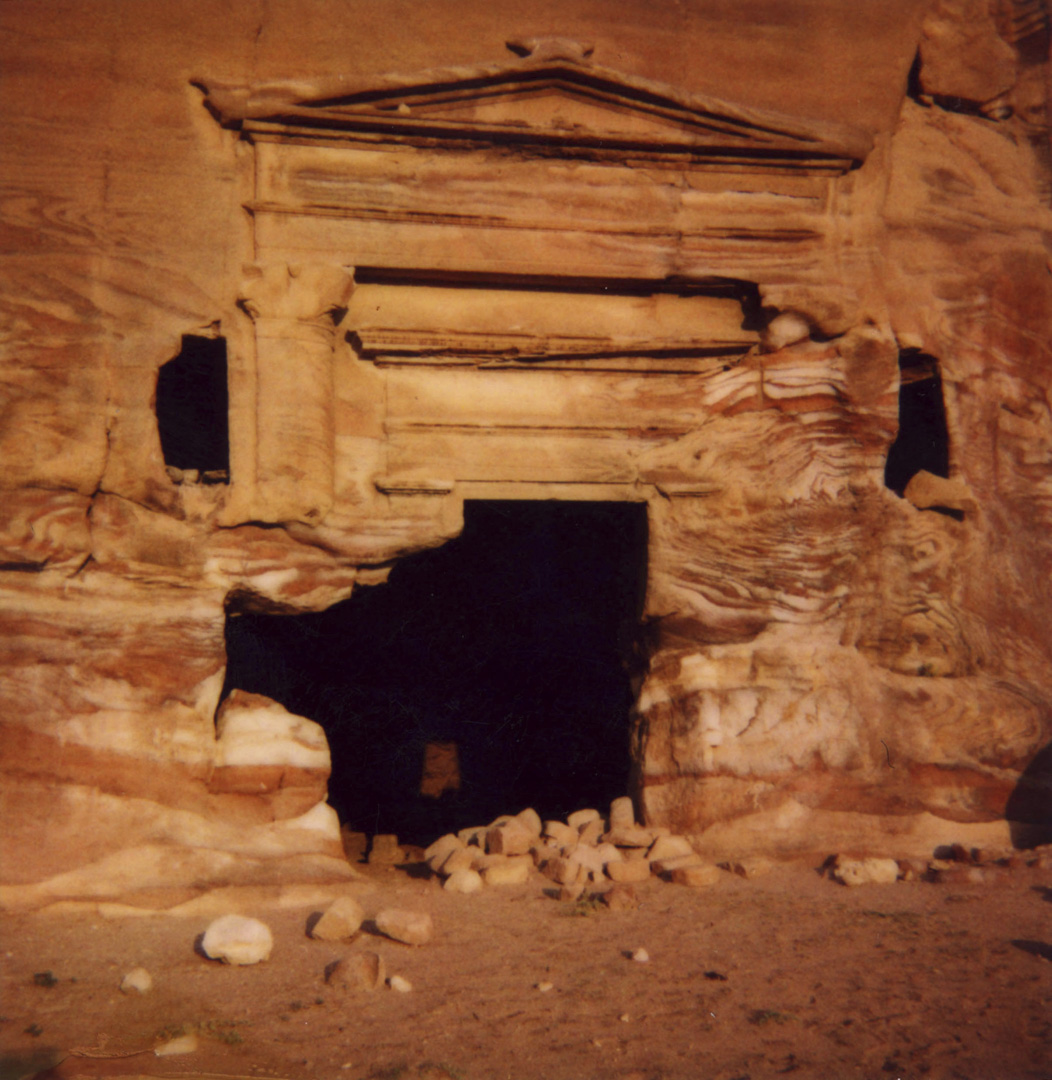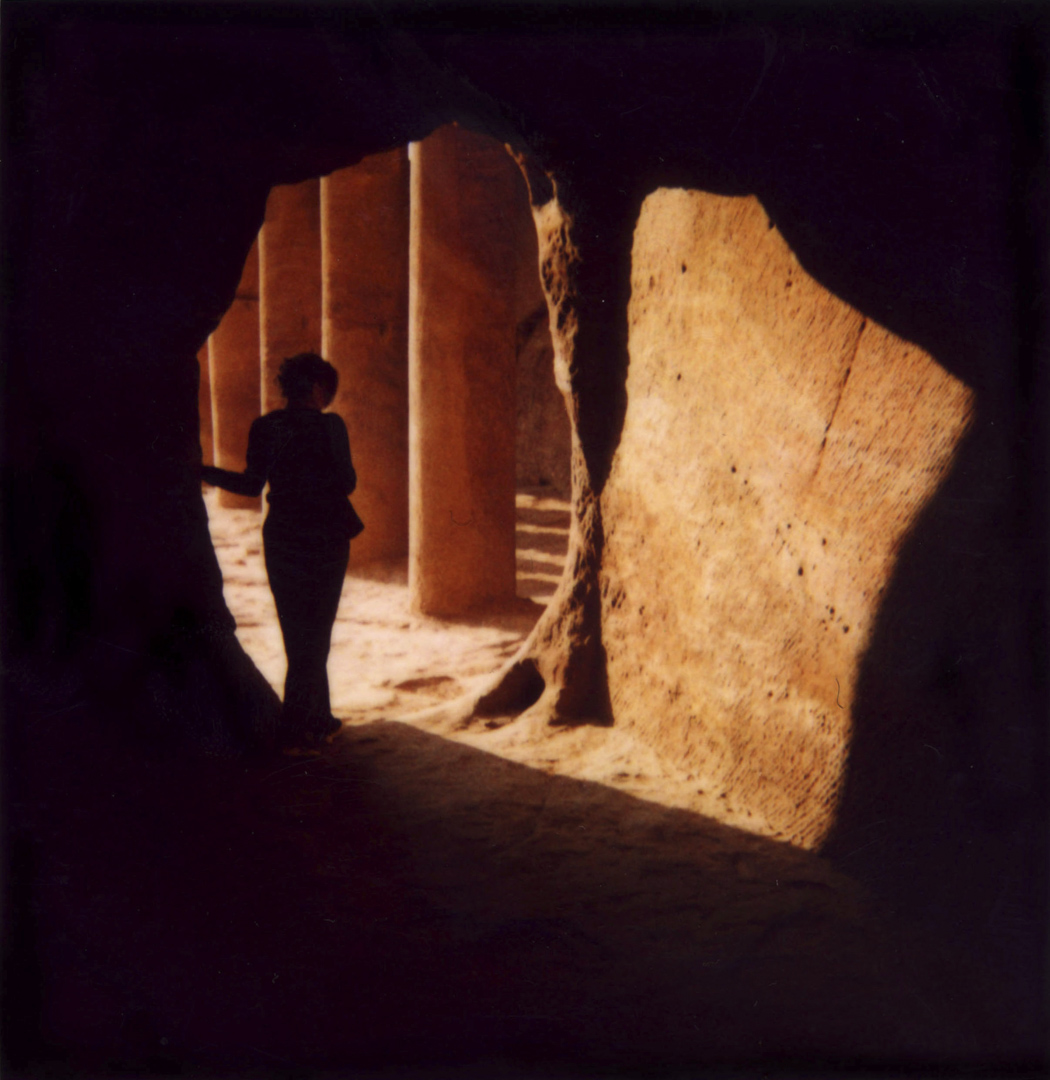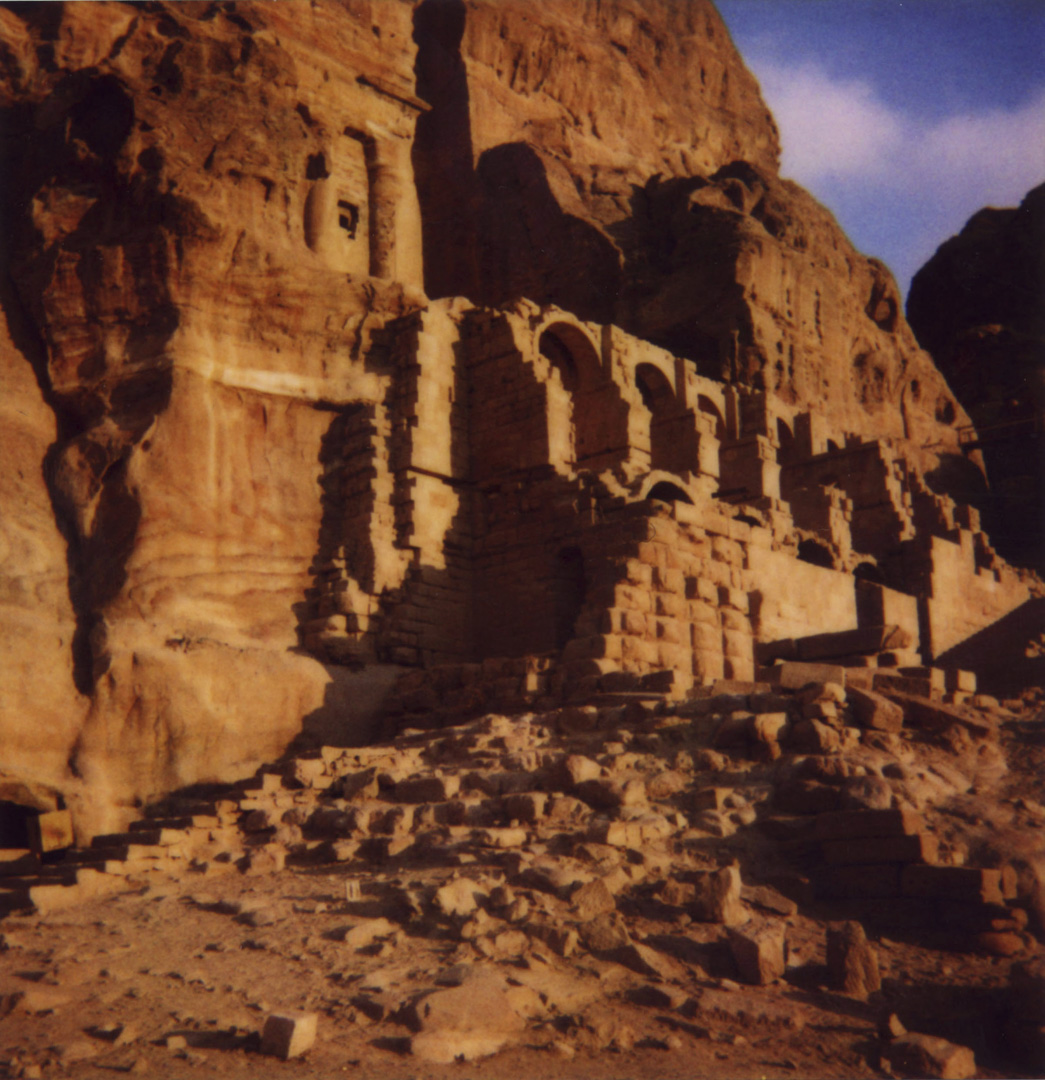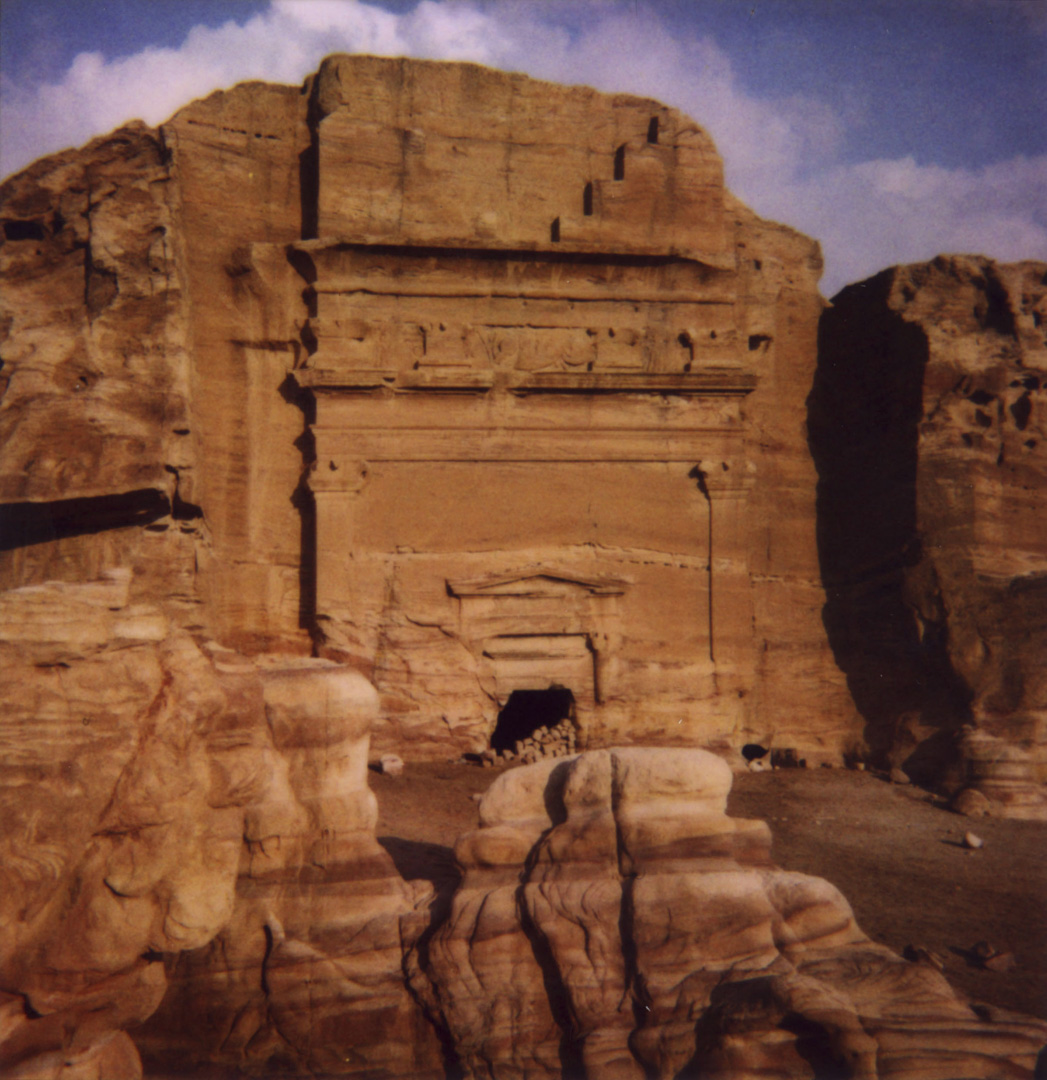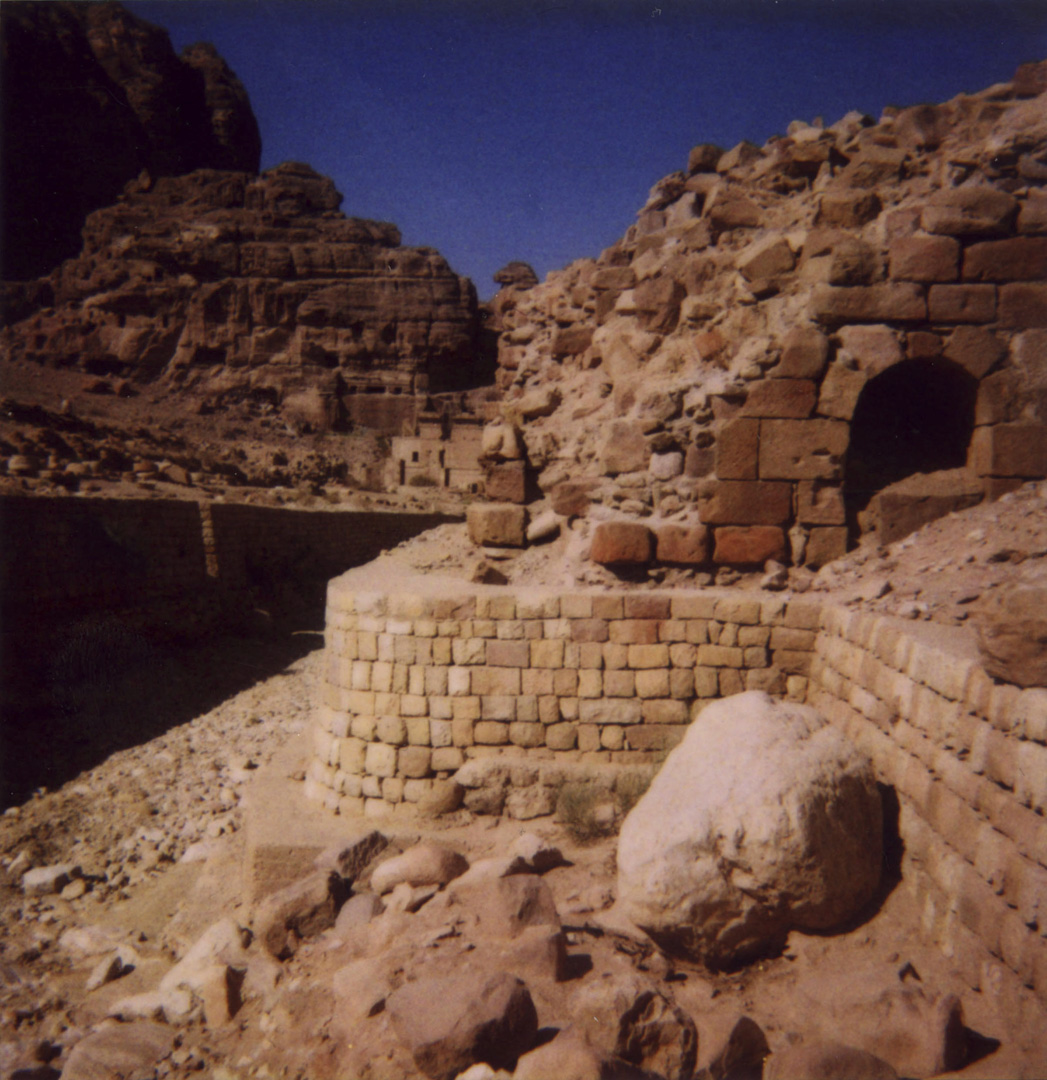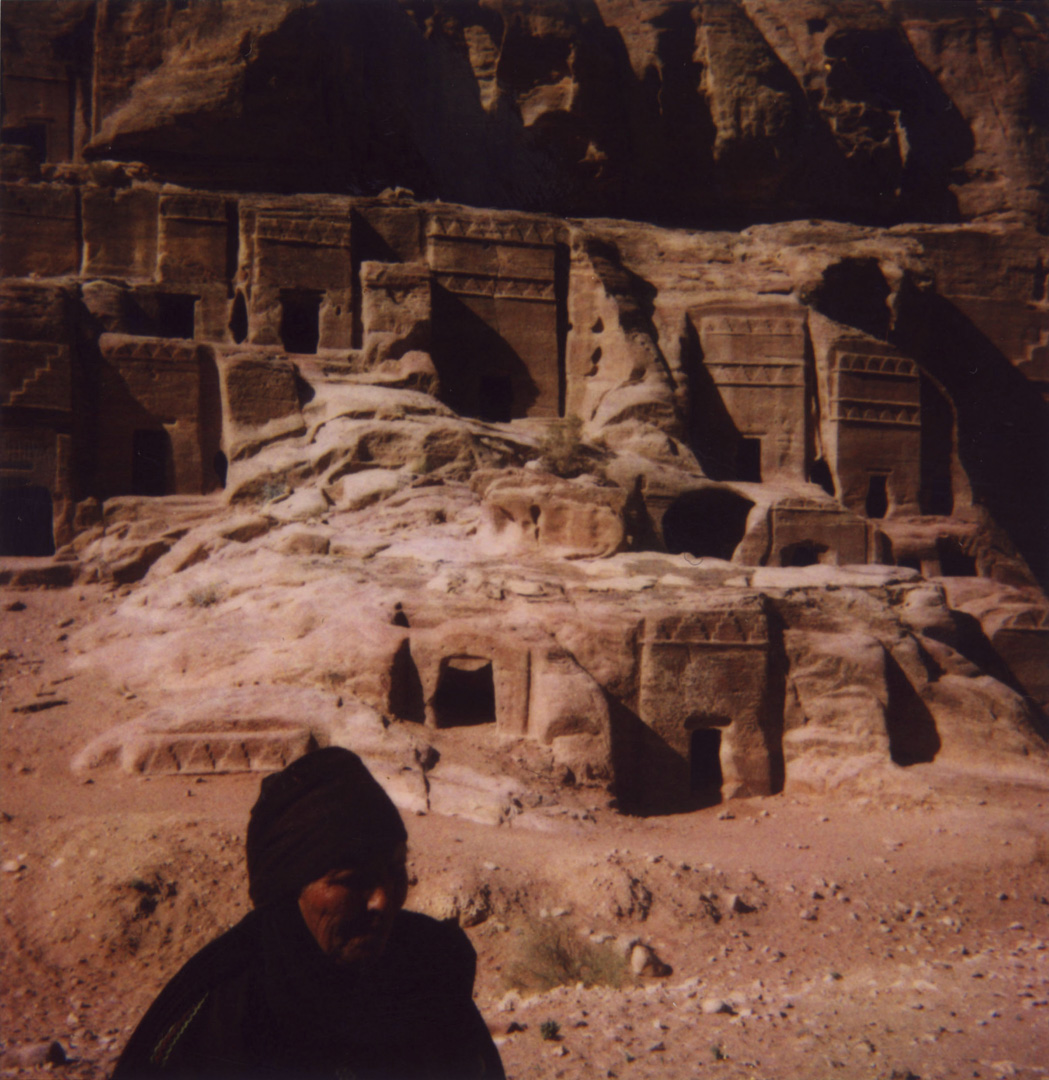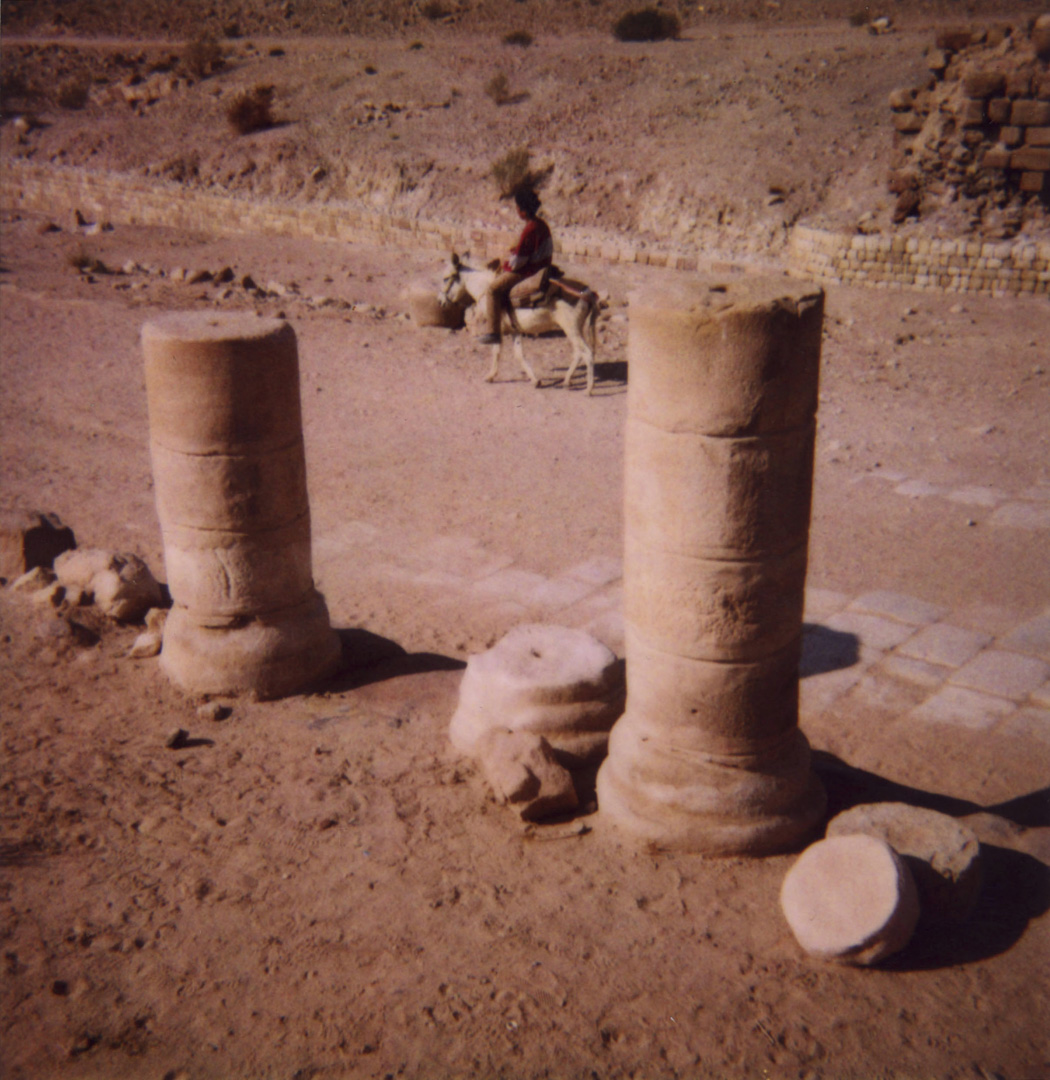Petra, 2000
Situated between the Red Sea and the Dead Sea and inhabited since prehistoric times, the capital of the Nabataeans carved into the rock became during the Hellenistic and Roman periods a great caravan centre for the trade of incense from Arabia, silk from China and spices from India, a crossroads between Arabia, Egypt and Syria-Phenicia. Petra is half built, half carved into the rock face, surrounded by mountains riddled with gorges and gorges. An ingenious hydraulic system allowed the vast human settlement of an essentially arid area during the Nabataean, Roman and Byzantine periods. Recognised as one of the Seven Wonders of the Modern World, Petra is one of the richest and most extensive archaeological sites in the world in a dominant red sandstone landscape.
The Outstanding Universal Value of Petra resides in the enormous scale of the architecture, the diversity of archaeological vestiges and architectural monuments from prehistoric to medieval times, which provide an exceptional testimony to the civilizations that have now disappeared and which have succeeded one after another on the site.
